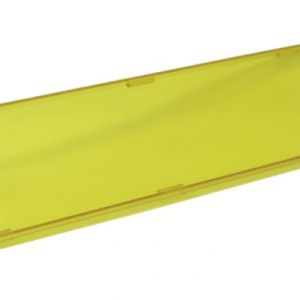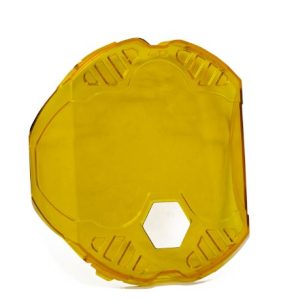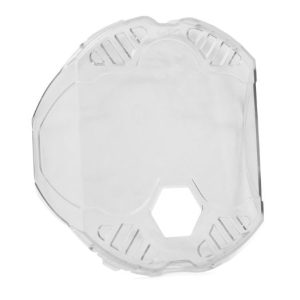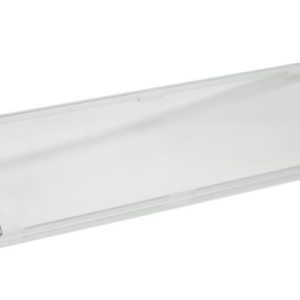Baja Designs Led Lights
Light Covers – Squadron Square 1n (single PC) – Amber – Baja Designs – 668002
Baja Designs Led Lights
Light Covers – XL Series Square 1n (single PC) – Amber – Baja Designs – 668004
Baja Designs Led Lights
Light Covers – Squadron Round 1n (single PC) – Amber – Baja Designs – 668009
Baja Designs Led Lights
Light Covers – Squadron Round 1n (single PC) – Black – Baja Designs – 668007
Baja Designs Led Lights
Light Covers – Squadron Round 1n (single PC) – Clear – Baja Designs – 668008
Baja Designs Led Lights
Light Covers – Squadron Square 1n (single PC) – Black – Baja Designs – 668001
Baja Designs Led Lights
Light Covers – Squadron Square 1n (single PC) – Clear – Baja Designs – 668006
Baja Designs Led Lights
Light Covers – XL Series Round 1n (single PC) – Amber – Baja Designs – 668012
Baja Designs Led Lights
Light Covers – XL Series Round 1n (single PC) – Black – Baja Designs – 668011
Baja Designs Led Lights
Light Covers – XL Series Round 1n (single PC) – Clear – Baja Designs – 668010
Different types of Aux lights In general, the lights are classified into four classes. Floods, spots, hyperspots and hybrids. These classifications are based on the sort of light pattern they produce. Hyperspot The hyperspot is the specialist among the auxiliary lights. It casts a very narrow beam, you'll read a figure like 5° or 6° as the light beam description. At close range, like if you point it at a wall, you will see an extremely bright and well-defined circular light beam. The narrow beam projects light over huge distances Spot Beam The Spot beam is a great source of confidence for the rider. It projects a 10-15° beam that shoots out over a good distance and isn't too narrow like the hyperspot. There's a well-defined circle of light but it's a notably bigger circle than the hyperspot and it reaches a little less into the ether. A 3,000-lumen spot beam can easily hit 3-400m. The wider circle of light, once again, means focusing the spot beam is important to its utility and you have to careful not to dazzle oncoming traffic. Most focusing instructions suggest choosing to align the hotspots of the beam exactly aligned with the motorcycle but dipping so that at 100ft, the beam dips 2 inches or 5cm in height from the center of the light. Flood Beam As the name suggests, a flood beam projects a an extremely large circle of light ahead of the light unit. This is good for filling in the gaps that the low beam of the motorcycle might have. Floodlights can be extremely bright and they project really wide light beams, you will see numbers like 80° or 120°. Focusing a flood beam is about minimizing dazzle for oncoming traffic because the wide nature of the beam means exact light unit focus isn't crucial to the operation. Hybrid or driving light patterns A hybrid or driving pattern usually uses multiple LEDs set up with a combination of spot and flood lenses to produce a beam that balances the distance of the beam and the width of the beam. These are perhaps the most useful of the lights to add to a motorcycle with weak headlights because their job is to produce a reasonably wide beam with a significant distance. Some of the smarter lights will give you the option to change the lenses so that you can choose how many forward pointing LED units are working as floods or spots depending on how you'd like to help the motorcycle headlight. NOTE: Most LED lights do not actually include the full mounting hardware and you'll need to make separate purchases for that. Most good brands do include wiring, instructions, and switches though The trickiest bit though is to find a power line the lights can use. Most will mount the battery directly for power with an inline fuse. But they all need switched power. That's a power line the light can tap into which comes online only when the ignition is turned on. This part has to be attacked carefully. If you cut or splice a wire, you could void your warranty. Lumens and Lux are the two units that you will see most often. They're expressions of light intensity. Lumens measure the total light output. That's all the light in all the directions - which is a sphere for a pin-point light source. Lumen counts range in the thousands for most LEDs today but you have to take a small pinch of salt. Actual lumen counts usually are below the printed number.
























